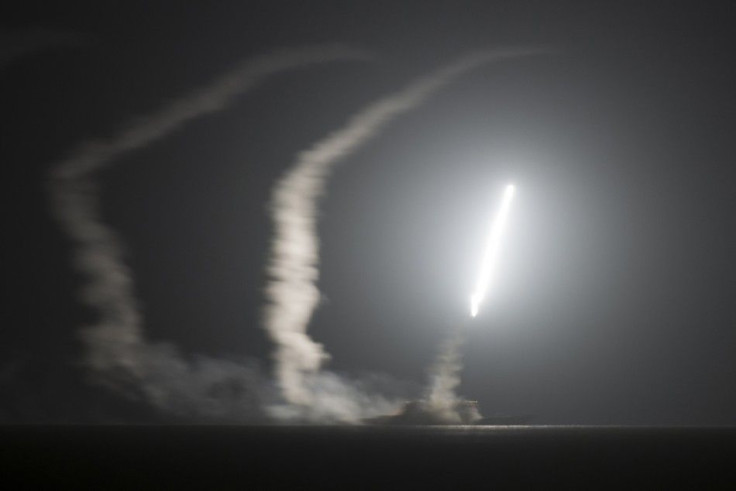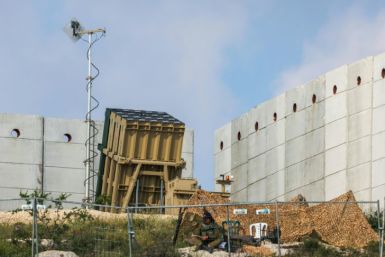China Test Launches Deadly DF-41 Multi War Head Super Ballistic Missile: Threat Perceptions Up For USA

Showing its missile prowess, China on Saturday carried out a long-range missile flight test at a secret locaton. The missile is significant for its use of advanced multiple, independently targetable reentry, according to the U.S. defence officials.
The new DF-41 missile of China will use multiple warhead capabilities as the longest-range intercontinental ballistic missile, reported Free Beacon. The report also claimed that the multiple-warhead technology, originated from the U.S and passed into the hands of China illegally, in the 1990s, when the Clinton administration was in power.
Despite the tag of piracy, the U.S. defence officials conceded that DF-41 flight test is definitely a significant advancement for China's strategic nuclear forces and has the potential to unsettle the strategic balance of forces. This assessment of the U.S. intelligence agencies is that China's nuclear arsenal has 240 large warheads. That number may go up sharply as the Chinese start deploying new multiple-warhead missiles. The U.S. has 1,642 warheads.
Big Threat To USA
Larry Wortzel, a former military intelligence official and a specialist on China, said the threat to the United States has increased manifold with a more deadly and survivable nuclear force trying to make "our weak ballistic missile defenses less effective." Rick Fisher, yet another analyst watching Chinese military said, the advent of China's MIRV capability should make the U.S. rethink about its efforts to reduce nuclear warheads.
A report in the Want China Times portrayed a scary scenario. In its report, a missile expert has been quoted as saying that none of the air defence systems that the United States currently maintain, will be able to intercept China's newly developed DF-41 solid-fueled road-mobile intercontinental ballistic missile.
It was the assessment of Berlin-based Die Welt about intercepting the DF-41 in the air. The report compared the effort to trying to shoot down a rifle bullet in the space. Karl Josef Dahlem, chief advisor of air defense with the European guided weapons manufacturer MBDA, made these observations, in an interview with Die Welt.
Dahlem said the only way out is early detection of the ICBM by reconnaissance and radar facilities. "Depending upon the flight path a missile takes roughly 20 to 25 minutes to launch from Asia to a target in the USA," said Dahlem. The expert said the DF-41 is capable of ascending over 1000 kilometers into space, twice as far as the International Space Station circling the Earth. So, it is important for the defender to destroy the incoming missile, when it is still far away from the ground, Dahlem suggested.
Role Of Lockheed Martin
The transfer of the sensitive missile technology to China had drawn the ire of the U.S. State Department, which fined Lockheed Martin Corp. $13 million in 2000, for having exportd the weapons data on multiple-warhead missiles. The technology reportedly reached China's state-run Great Wall Industries through Hong Kong based Asiasat, which has been dealing in expendable perigee kick motors--the critical component in MIRV development.






